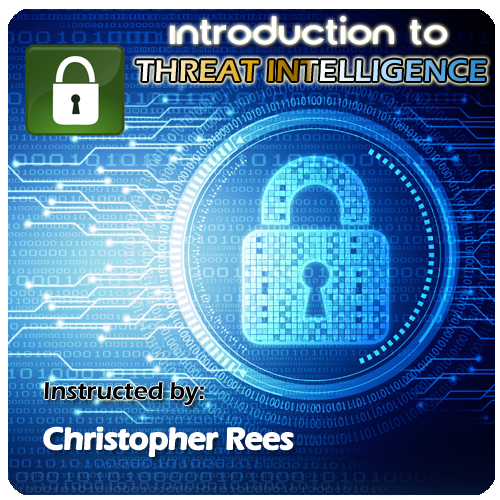Computing and Internet security are everyone's business, but it's especially critical for information technology specialists. Learning the core concepts of operating-system and network-level security helps avoid ongoing threats and eliminate system vulnerabilities. These topics are also key components of the Microsoft Technology Associate (MTA) Security Fundamentals exam (98-367). This beginner-level, Windows-based course covers core security concepts and introduces risks such as social engineering, malware, and spyware as it prepares you for exam 98-367. IT Security Foundations series creator Lisa Bock also goes over some basic wireless security best practices, tips for beefing up browser security, and techniques for implementing encryption.
Topics include:
- Differentiate between risks and threats.
- Explain how to avoid worms and viruses.
- Define cookies, and explain how they preserve user information.
- Cite the differences between public and private key encryption.
- Identify ways to minimize the attack surface.

Threat intelligence is a crucial part of any cyber-security program, and there is a global shortage of threat intelligence analysts that is continuing to grow. This course introduces you to the skills necessary to function in this critical role.
Threat intelligence is a critical component of cybersecurity and a tool that many companies don't fully utilize. In this course, Introduction to Threat Intelligence, you will understand how critical threat intelligence analysis is to a company's overall security posture. Additionally you will learn how threat intelligence analysts provide vitally important data that enables defenders, managers, and executives to make timely and accurate decisions. First, you will understand what threat intelligence is, how it enhances all facets of a company's cyber-security program, and how it can be a major differentiator in today's hyper-competitive global marketplace. Next, you will learn the phases of the intelligence life cycle and how each phase is used to provide intelligence to the teams and leaders that need it most. Finally, you will learn about the various frameworks typically used and how they help guide decisions, shorten the information aggregation and dissemination timelines, and ultimately help organizations defend their networks from attack. When you are finished with this course, you will have a good understanding of what threat intelligence is, why every company needs skilled, competent analysts and who could (and should) be consuming the information.

